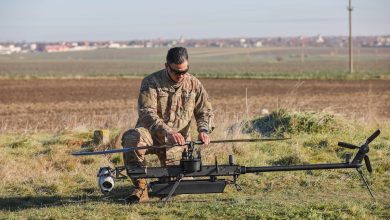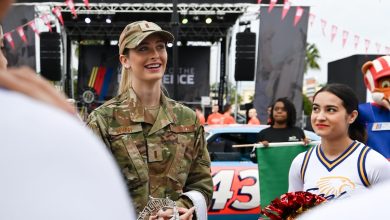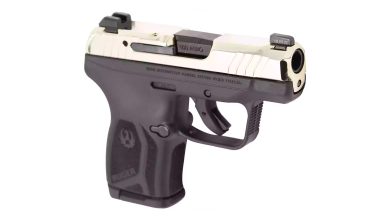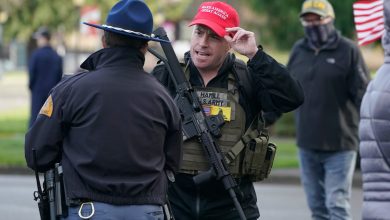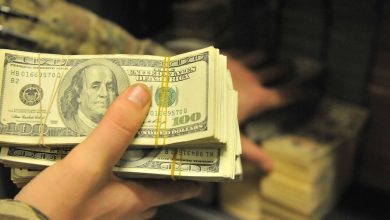Army major becomes first reservist to receive rare Astronaut Device
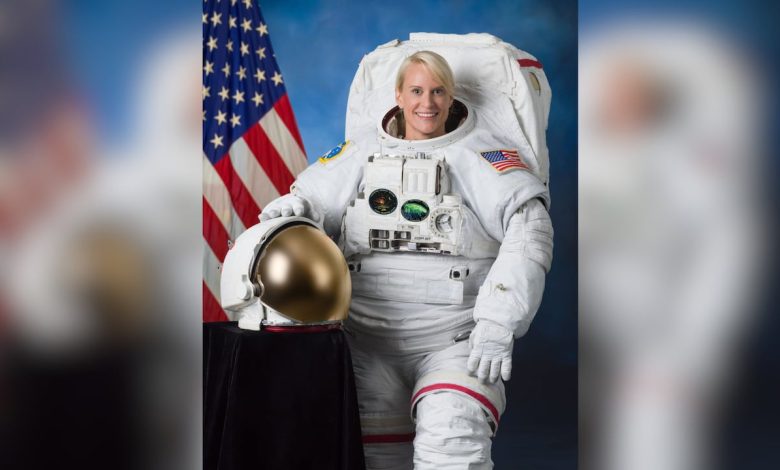
Kate Rubins was floating in zero gravity miles above Earth in 2020 when she decided to join the Army.
A little more than a year later, Rubins, already a biomedical researcher and astronaut, received a direct commission to the rank of major in the Army Reserve through training at Fort Sill, Oklahoma.
Now, three years into her Army career, she’s joined the rare ranks of a handful of soldiers who have earned the right to wear the Army Aviation Badge with the Astronaut Device.
RELATED
On Thursday afternoon, Rubins pinned on the Army Aviation Badge with the Astronaut Device.
“It’s really an incredible honor to receive this device,” Rubins said. “To me, the meaning is really the fact that I’m able to serve in the Army Reserve.”
Rubins, who currently works as a health services officer with the 75th Innovation Command at Aberdeen Proving Grounds, Maryland, is the first Army reservist to receive the device.
Coming off her second space mission since joining NASA in 2009, she welcomed the challenges of becoming an Army officer. That’s in part due to the incredibly focused nature of years-long preparations for her trips to the International Space Station.
“The idea for me that I was going from one mission to another mission was actually incredibly helpful,” Rubins said in a call with media Thursday.
Possibly the rarest device in the Army, officials confirmed with Army Times on Friday that the device, originally called the Army Astronaut Badge, was created by the Chief of Staff of the Army in 1983.
Since its inception, officials said, only three other soldiers have earned the device: Col. Drew Morgan, who wears it on his Army Master Space Badge, and Cols. Anne McClain and Frank Rubio, who wear the device on their Aviation Badges.
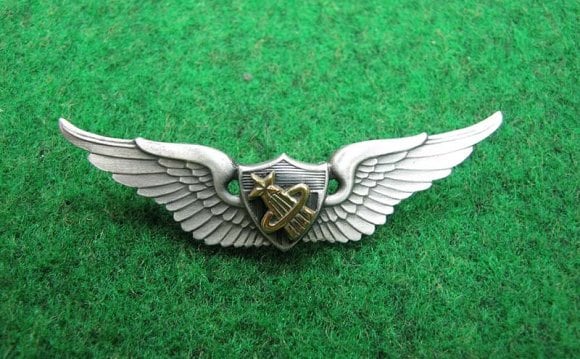
Those three individuals are also the only members of the active duty Army with the device.
McClain was the first soldier to receive the device during a ceremony Nov. 10, 2020, at Johnson Space Center in Houston, Texas, officials told Army Times. Though she received the device then, she qualified for it in 2018 following a space mission to the International Space Station.
Morgan and Rubio met the criteria for the device in 2019 and 2022, respectively.
It is a gold-colored device, 7/16-inch in length with a star emitting three contrails encircled by an elliptical orbit, according to Army Regulation 600-8-22.
The Army requires a soldier to complete astronaut training and achieve an altitude of 62 miles or greater, passing the Karman Line, which is the boundary between the Earth’s atmosphere and space, to qualify for the device.
Rubins, a Farmington, Connecticut, native, earned a doctoral degree in cancer biology from Stanford University Medical School. She conducted undergraduate research on HIV-1 integration in the Infectious Disease Laboratory at the Salk Institute for Biological Studies, according to her official biography.
The major later lead a team of 14 researchers studying viral diseases that mostly affect Central and West Africa.
She has spent 300 days in space across two flights in 2016 and 2020 and conducted four spacewalks. Rubins was also the first person to sequence DNA in space.
Todd South has written about crime, courts, government and the military for multiple publications since 2004 and was named a 2014 Pulitzer finalist for a co-written project on witness intimidation. Todd is a Marine veteran of the Iraq War.
Read the full article here


